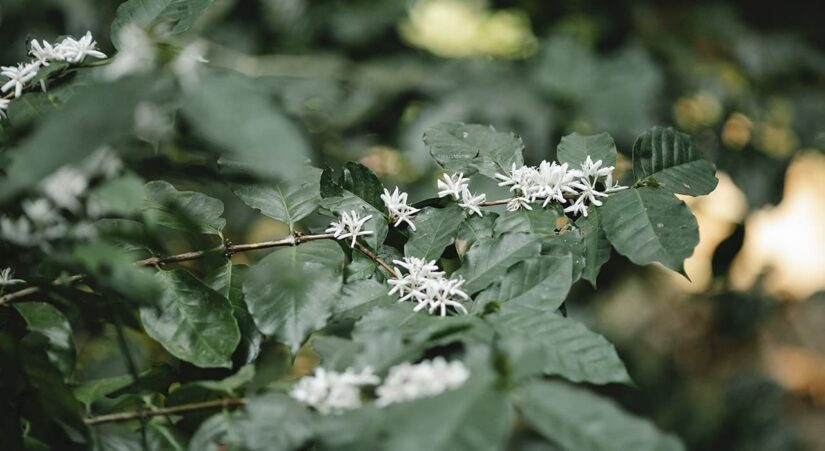What measures should be taken in the fall in fruit crop plantations
In order to limit and, if possible, eliminate the stock of infection that has accumulated during the growing season (pathogens on the bark of the stem, skeletal branches, shoots, on the leaves of trees after harvesting and fallen leaves and fruits, on the soil surface), a number of phytosanitary measures should be taken in the fall. These measures will be effective if agricultural producers know for sure the sources of infection reservation in winter for each pathogen, from which the primary infection of phytopathogens is formed in spring. Timely phytosanitary measures in fruit plantations significantly reduce the harmfulness of diseases.
The following common diseases cause great damage to pome fruit crops: apple and pear scab, moniliosis (fruit rot), black cancer, cytosporosis, common cancer, rust, late blight, powdery mildew of apple, brownish leaves of pear, white spot of pear leaves, root bacterial cancer, bacterial bark cancer.
The main source of apple scab infection is fallen affected leaves, which contain pseudothecia of the pathogen, for pears – affected shoots, in which the pathogen overwinters in the form of mycelium, and in the spring conidial sporulation is formed immediately on the affected shoots. An additional source for pears is also fallen affected leaves with pseudothecia of the fungus. The harmfulness of the scab lies in the fall of the ovary, premature leaf fall, weak growth of annual shoots, and deterioration of plant winter hardiness. The scab dramatically reduces the quality of the fruit, so with its increased development, sometimes about 50% of the fruit does not meet the requirements of the standard.
The causative agents of moniliosis remain in the form of mummified fruits during the winter, on which conidial sporulation pads of pathogens are formed in the spring. The fungus Monilia laxa f. sp. malia overwinters in the form of mycelium in the affected shoots. The harmfulness of the disease lies in the death of inflorescences, the death of rings, fruit rods, and fruit decay both during the growing season and during storage. Fruit yield losses often reach 20-30 and often 60-70%. Fruits rot from moniliosis not only in the garden but also during storage.
The source of black cancer infection is a wintering mycelium in the affected bark of the stem, skeletal branches, shoots, mummified fruits, as well as pycnidia with pycnospores of the fungus on the affected organs. The harmfulness of the disease is that infected fruits do not have a marketable appearance, severely affected leaves fall off prematurely, which leads to a weakening of the tree as a whole, the affected bark cracks and falls off, causing the death of the crown. Affected trees die within three to four years. The disease causes especially great damage in fruit-bearing orchards, as it is often necessary to uproot trees at the beginning of their fruiting.
